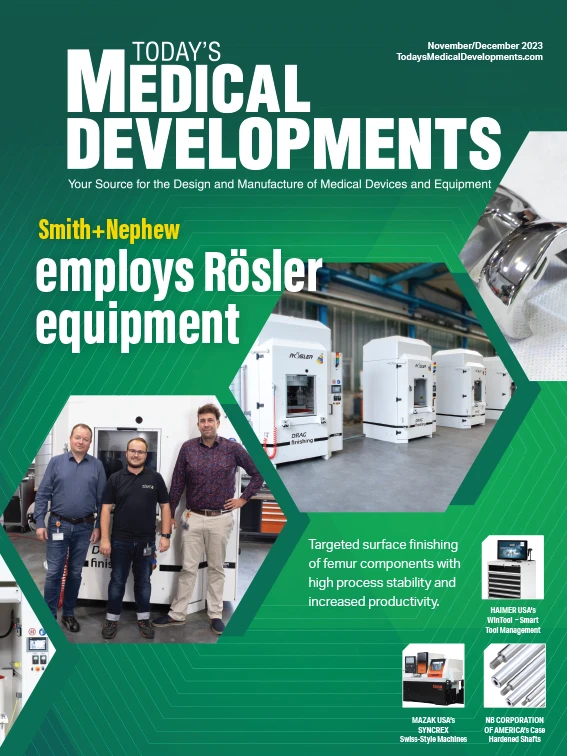
One promising approach to treating Type 1 diabetes is implanting pancreatic islet cells that can produce insulin when needed; however, once the cells are implanted, they eventually run out of oxygen and stop producing insulin.
MIT engineers designed an implantable device that carries hundreds of thousands of insulin-producing islet cells and has its own on-board oxygen factory to overcome that hurdle.
Researchers showed when implanted into diabetic mice, it could keep the mice’s blood glucose levels stable for at least a month. They now hope to create a larger version of the device that could eventually be tested in people with Type 1 diabetes.
While the researchers’ main focus is on diabetes treatment, they say this device could also be adapted to treat other diseases requiring repeated delivery of therapeutic proteins.

Replacing injections
Most patients with Type 1 diabetes must monitor blood glucose levels carefully and inject insulin at least once a day. However, this process doesn’t replicate the body’s natural ability to control blood glucose levels.
A better alternative would be to transplant cells producing insulin whenever they detect surges in the patient’s blood glucose levels. Some diabetes patients have received transplanted islet cells from human cadavers and others derived from stem cells – which can achieve long-term control of diabetes – however, patients must take immunosuppressive drugs to prevent rejecting the implanted cells.
Another possibility, which could prevent the need for immunosuppressive drugs, is to encapsulate the transplanted cells within a flexible device protecting the cells from the immune system, but it requires a reliable oxygen supply.
While some experimental devices exist, the MIT team took a new approach that could potentially generate oxygen indefinitely by using a proton-exchange membrane – a technology originally deployed to generate hydrogen in fuel cells – located within the device. This membrane can split water vapor into hydrogen, which diffuses away harmlessly, and oxygen, which goes into a storage chamber feeding the islet cells through a thin, oxygen-permeable membrane.
An advantage of this approach is it doesn’t require wires or batteries. Splitting the water vapor requires about 2V, generated using resonant inductive coupling. A tuned magnetic coil outside the body transmits power to a small, flexible antenna within the device, allowing for wireless power transfer. It requires an external coil, which the researchers anticipate could be worn as a patch on the patient’s skin.
Drugs on demand
Typically, when a medical device is implanted, attack by the immune system leads to a buildup of scar tissue which can reduce its effectiveness. Scar tissue did form around the implants in this study, but its success in controlling blood glucose levels suggests insulin could diffuse out of the device, and glucose into it.
“We’re optimistic it’ll be possible to make living medical devices that can reside in the body and produce drugs as needed,” says Daniel Anderson, a professor in MIT’s Department of Chemical Engineering, a member of MIT’s Koch Institute for Integrative Cancer Research and Institute for Medical Engineering and Science (IMES), and the senior author of the study.
The researchers now plan to adapt the device for testing in larger animals and eventually humans. For human use, they hope to develop an implant about the size of a stick of chewing gum. They also plan to test whether the device can remain in the body for longer periods of time.
Get curated news on YOUR industry.
Enter your email to receive our newsletters.
Explore the November December 2023 Issue
Check out more from this issue and find your next story to read.
Latest from Today's Medical Developments
- Siemens accelerates path toward AI-driven industries through innovation and partnerships
- REGO-FIX’s ForceMaster and powRgrip product lines
- Roundup of some news hires around the manufacturing industry
- Mazak’s INTEGREX j-Series NEO Machines
- The Association for Advancing Automation (A3) releases vision for a U.S. national robotics strategy
- Mitutoyo America’s SJ-220 Surftest
- #56 - Manufacturing Matters - How Robotics and Automation are Transforming Manufacturing
- STUDER looks back on a solid 2024 financial year





